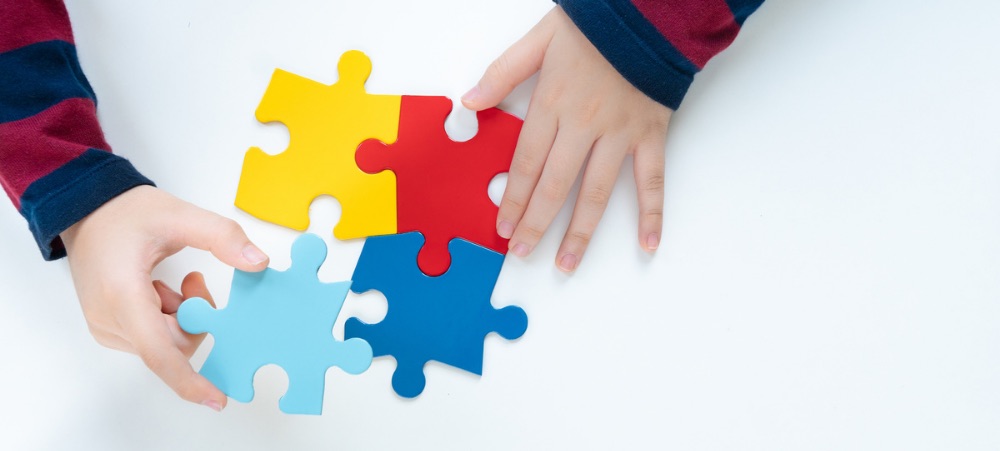ARTICLE BY PROF RITA NIEMANN, NALIZE MARAIS, ZENDRÉ SWANEPOEL AND MONIERA MOOSA
Bullying is a great concern for both parents and schools. Here we outline a number of measures that can help them both parties deal with bullying.
Parents
When parents notice that their child is behaving differently – not wanting to go to school, using illness as an excuse, suddenly performing poorly at school or enuresis – and suspect bullying, they need to act immediately.
Firstly, they must determine where this is happing (at school, at a sports club, on social media, etc.) and who the perpetrator(s) are.
Secondly, if the bullying is taking place in an organised environment such as at school or sports club, the authorities need to be informed and requested to step in. They are legally bound to protect the rights of the child.
Thirdly, parents have the responsibility to equip their children to cope by:
- Instilling the knowledge that children must take a stand and that they have a choice in allowing someone else to victimise them.
- Assisting children to terminate relationships that are potentially harmful, such as blocking a person on social media.
- Helping them to identify bullies and the different forms of bullying.
- Creating a safe space for children to speak about what is happening to them.
- Emphasising assertive verbal communication if threatened.
- Building children’s self-concept.
- Getting the help of a psychologist, if necessary, to counsel the victim.
- Emphasising that respectful behaviour is always the best option and thus preventing retaliation.
- Fostering problem-solving and conflict resolution skills with the focus on restoring damaged relationships.
- Working collaboratively to solve the problem with their children so that they can feel reassured.
Schools
As bullying is a deliberate act to hurt someone, there must be consequences for the bully. Once teachers are aware that a bullying incident has taken place at school, the matter must be dealt with by:
- Asking the victim to provide the names of the perpetrator(s), as well as the names of friends of the victim, as soon as he/she has calmed down.
- Counselling the victim and finding out whether he/she has been injured and what effect the bullying or harassment has had on him or her.
- Cultivating a “no blame” approach towards bullying or harassment.
- Establishing punitive sanctions for both the bully and for any bystanders.
- Developing a bullying code of conduct/bullying policy and informing learners of this.
- Having designated teachers to deal with incidents of bullying.
- Facilitating mediation and discussions with the victim and the bully, depending on the severity of the bullying.
- Passing the responsibility to the bully or group of bullies to make sure that the problem is solved.
- Ensuring that potential bystanders understand that they have a vital role to play during bullying incidents.
- Letting the victims feel protected after they have reported the incident.
- Encouraging learners to make suggestions on how they can contribute to alleviating the negative experiences of the victim.
- Scheduling follow-up meetings to monitor the situation where each party has to share how things are going.
- Informing the parents of both the bully and the victim about the incident/s.
The principal and teachers have a crucial role to play in directing learners towards becoming responsible citizens. They should create a safe and secure environment, establish a non-violent culture, and be good role models for all learners.
Reference
Niemann, R., Marais, N., Swanepoel, Z. & Moosa, M. 2016. Problem areas in schools In: Jacobs, M. Teaching-learning Dynamics, Johannesburg: Pearsons





